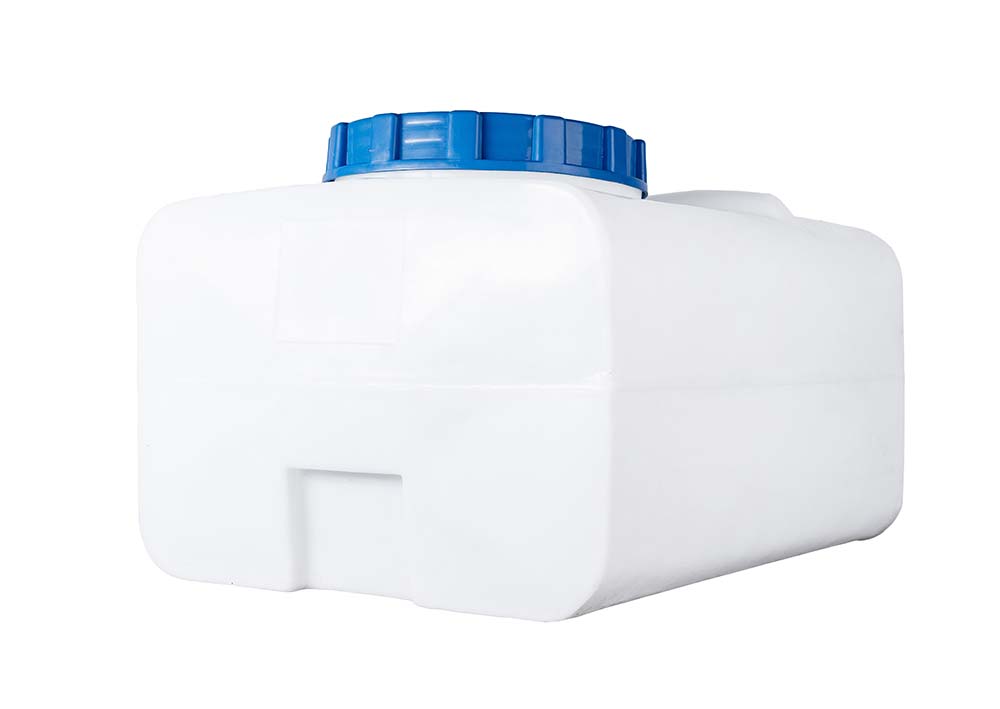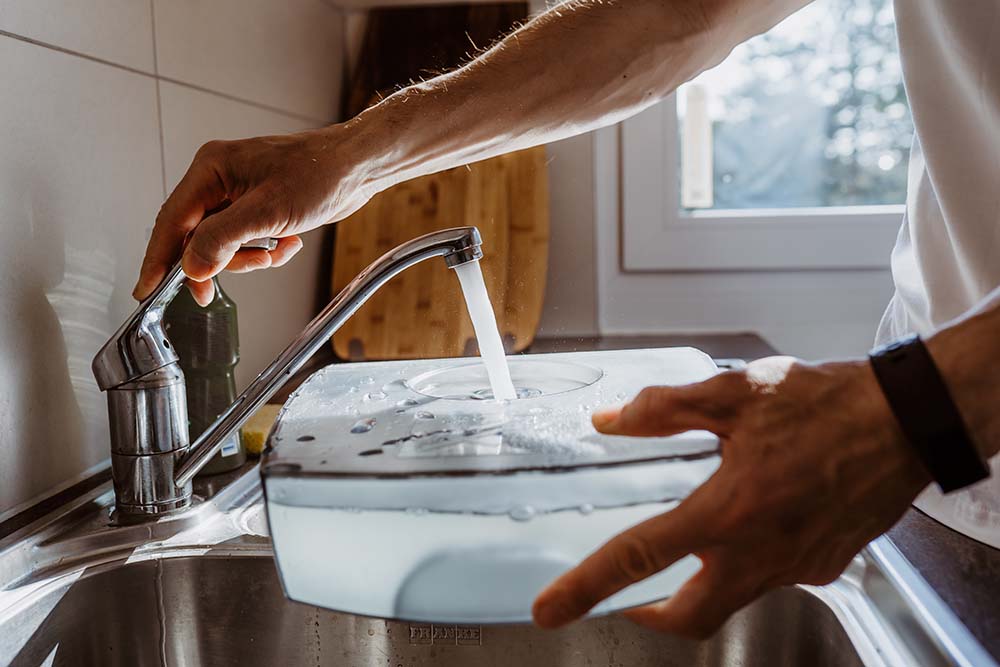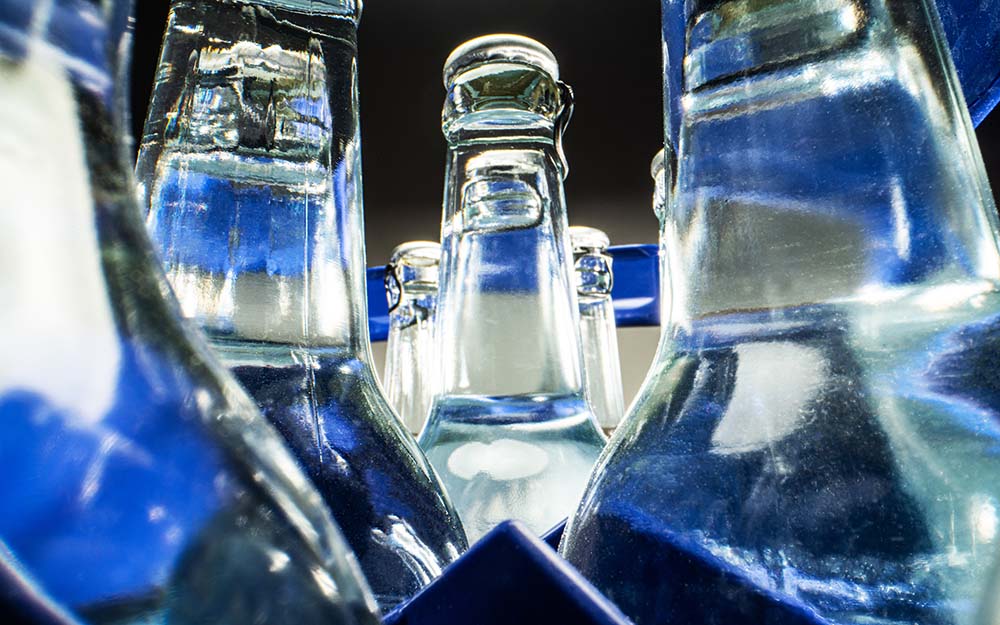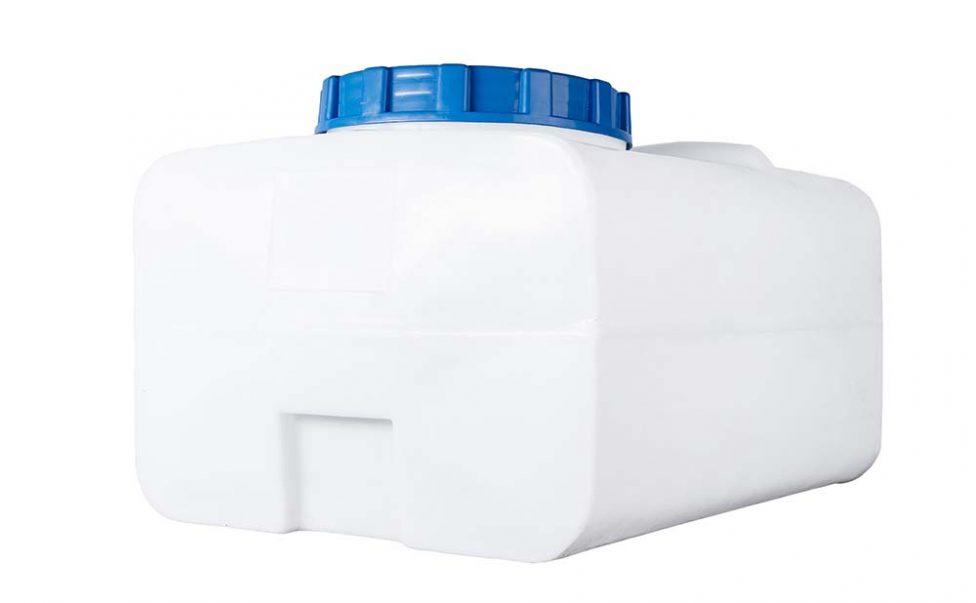Which is better? Stainless Steel, plastic or fibreglass water tanks?
Ah, the battle of the materials! There is always much debate about which is best for a water tank! Is it stainless steel? Plastic? Or are fiberglass water tanks the best? The honest answer, is that it all depends on what you are going to be using the water tank for.
Why are you storing water? For what purpose? If you wish to store potable drinking water, then there are select materials that are suitable, whereas certain others are an absolute no-no.
In any case, let’s explore the pros and cons of each stainless steel, plastic, and fibreglass for water tanks.
Stainless Steel Water Tanks
Steel water tanks have been around for a long time, and with good reason. As time and technology has progressed, so has the type of steel that we use for water tanks. These advancements have allowed water tank manufacturers to supply some of the finest tanks on the market.
Advantages
- Durability: Durable and corrosion resistant.
- Size options: As steel tanks are assembled in parts, you can choose from a wide variety of sizes.
- Strength: In the most extreme environments, steel water tanks are ideal, due to their immense strength.
- Simple and easy repairs: Water tanks that are made from stainless steel are relatively painless to repair.
Disadvantages
- Few colour options: Stainless steel water tanks tend to have limited colour options. Although, you are more than welcome to paint the outside yourself should you want to.
- Certain metals can’t mix: Always make sure that the type of metal that you are opting for is suitable for the specific substance that you will be storying.

Plastic Water Tanks
Plastic water storage tanks are among some of the most popular in demand today. Most commercial tanks that are sold in shops are for domestic purposes, such as backup water storage. There are a great number of advantages to using this material, but of course, just like anything else, there are some cons as well!
Advantages
- Lightweight: Plastic water tanks are significantly lighter than stainless steel water tanks.
- Colour options: As plastic is so versatile and widely available, you can choose from a wide variety of colour options.
- Affordable: Plastic is relatively cheap due to its wide availability.
- 15-25-year lifetime: Whilst you can get up to 25 years’ usage out of a plastic water tank, warranties typically only last for between 3 and 6 years.

Disadvantages
- Not eco-friendly: Plastic can take up to 10,000 years to degrade. That, and due to health and safety laws, plastic cannot be made from recycled materials. As you well know, there is a plastic epidemic on our planet, so if you want to do the conscious thing, perhaps avoid plastic at all costs.
- Colour fades: Sure, you can choose from a wide variety of colours, but after so long in the sun, it’s just another faded water tank.
- Heated water: This is particularly troublesome in Australia, given how hot our summers get. The plastic water tank heats up the water tremendously, making it not ideal for drinking.
- Difficult to transport: Plastic tanks are sold as one, which means they have to be transported whole. This is a nightmare when you opt for a larger water tank, meaning, if you don’t have a vehicle large enough, you’ll have to pay for a large truck to deliver it personally.
Fibreglass Water Tanks
Fiberglass water tanks (aka GFRP – Glass Fibre Reinforced Plastic) are typically used for storing drinking water. Whilst they are stiff and rigid, they are relatively thin and lightweight. Again, just like any materials, there are pros and cons to each.
Advantages
- Lightweight: The lightweight nature of fibreglass makes these water tanks ideal for transporting.
- Thin walls: Great for managing water pressure.
- Corrosion resistance: Can withstand highly aggressive weather, but hot and cold, and has a high resistance to corrosion.
- Low-cost: Fibreglass water tanks are relatively cheap in comparison to certain other materials.
- Longevity: 30-40-year lifespan.
Disadvantages
- Light entry: The thin outer layer, whilst ideal for water pressure management, means that more light passes through. In certain cases, this can promote the growth of algae which is unsafe for consumption.
- Rigid and brittle: These water tanks aren’t as durable as stainless steel for example. Then again, it all depends on the manufacturer.

The takeaway
Ultimately, the best water tank material for storing potable drinking water has to be fibreglass. That said, there is a big difference in quality. A standard fibreglass water tank won’t be half as safe as a quality stainless steel water tank for example. However, a premium quality fibreglass water tank manufactured by a reputable supplier is a different story entirely. In fact, a high-quality tank that has been manufactured to perfection, will not only last you the best part of a lifetime!
Just take your time and do further research. You need to be clear and precisely what it is that you will be using your water tank for before making any decisions. You also need to pay mind to how much maintenance you are prepared to carry out over the years, or whether you’d simply like to make your purchase, install your tank, and then forget about it.
There are pros and cons to each, but the perfect water tank for you and your needs is certainly out there! In any case, we wish you the best of luck with making your decision.


